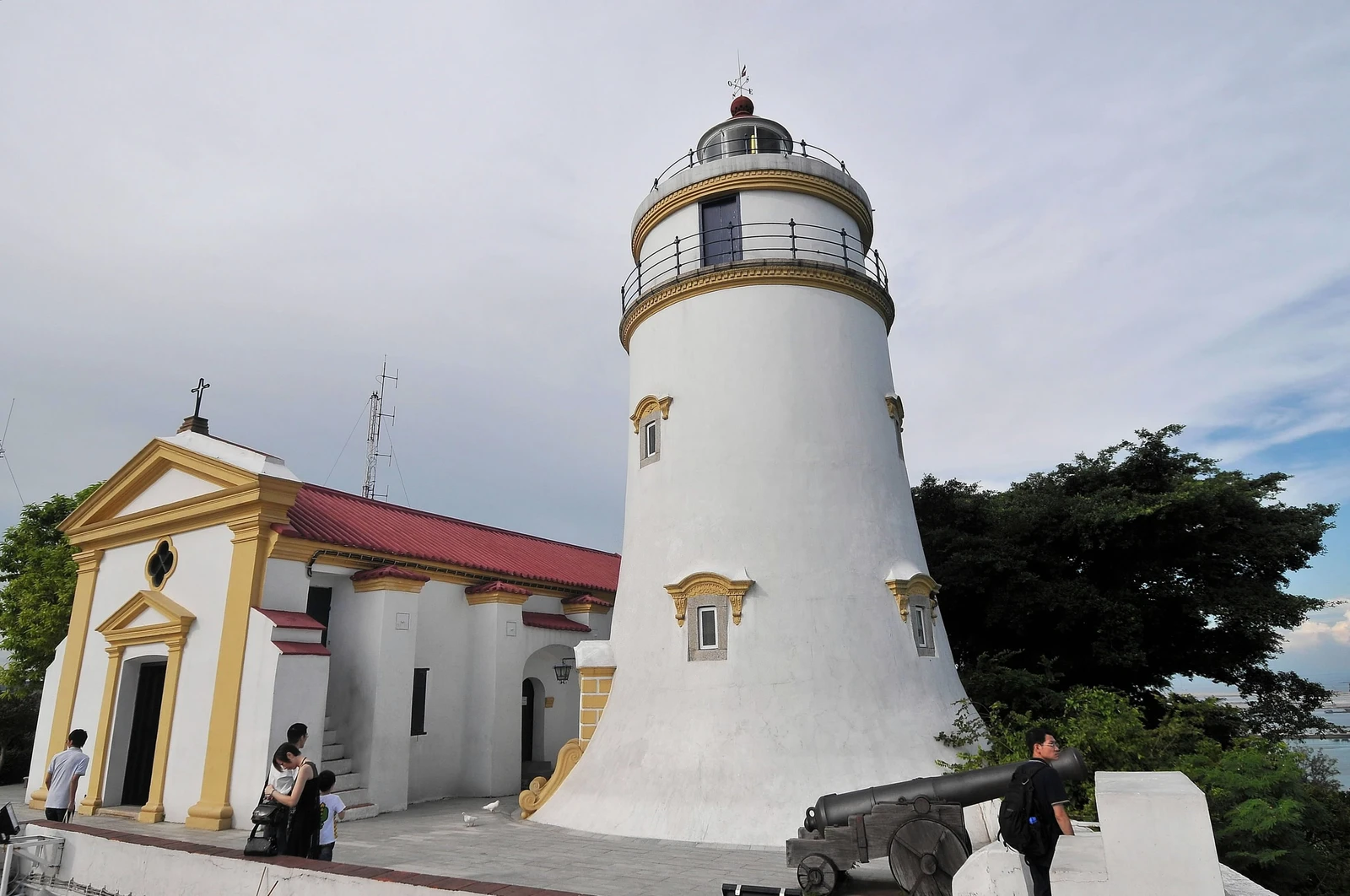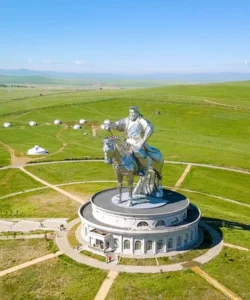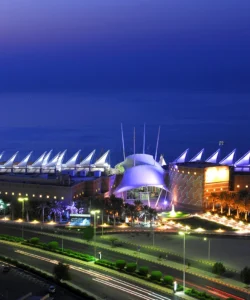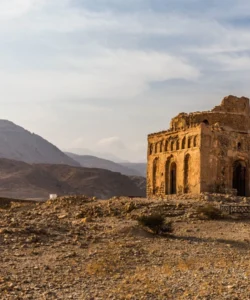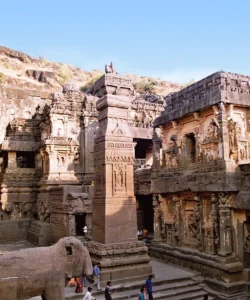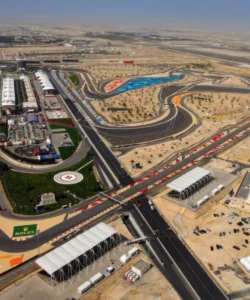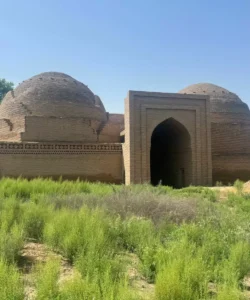The Guia Fortress, perched atop Guia Hill—the highest point on the Macau Peninsula—is a site of profound historical significance and a vital component of the “Historic Centre of Macau” UNESCO World Heritage Site. This fortified complex offers a captivating glimpse into Macau’s colonial past, its role in maritime history, and its unique blend of Eastern and Western cultures.
![]()
Name: Guia Fortress (Fortaleza da Guia)
Address: Guia Hill, Macau. (Often accessed via Travessa da Sé, or through the Flora Garden cable car.)
How to get there:
Reaching Guia Fortress is part of the experience:
- Guia Cable Car: The most popular and scenic way is to take the Guia Cable Car from Flora Garden (Jardim da Flora) at the foot of Guia Hill. It’s a short, enjoyable ride that takes you directly to the fortress.
- By Bus: Numerous bus routes (e.g., 2, 6, 9, 9A, 12, 17, 18, 19, 22, 23, 28C, 32) stop near Flora Garden or other points at the base of Guia Hill, from where you can take the cable car or walk up.
- On Foot: For those who enjoy a brisk walk, there are pedestrian paths leading up Guia Hill. The ascent offers pleasant views and a chance to explore the surrounding Flora Garden.
- By Taxi: Taxis can drop you off near the base of Guia Hill, from where you can proceed by cable car or on foot.
Landscape and Architecture:
Guia Fortress is an impressive example of 17th-century European military architecture, adapted to the local terrain. The complex includes:
- The Fortress Walls: Robust granite walls, bastions, and artillery emplacements, strategically designed to defend Macau from land and sea attacks.
- Guia Lighthouse: A prominent white-and-red lighthouse, standing adjacent to the chapel. It’s an iconic symbol of Macau and the first modern lighthouse on the China coast.
- Chapel of Our Lady of Guia (Capela de Nossa Senhora da Guia): A charming chapel within the fortress, known for its well-preserved and unique frescoes that combine both Western and Chinese religious and mythological themes.
- Underground Tunnels: During its military use, the fortress had a network of underground passages and an air-raid shelter, some of which have been converted into an exhibition corridor.
The setting atop Guia Hill provides panoramic views of the Macau Peninsula, the Pearl River Delta, and even parts of the Cotai Strip, making it a favored spot for photographers and sightseers. The surrounding Guia Hill also features walking trails and lush greenery, creating a peaceful escape from the bustling city below.
What makes it famous:
Guia Fortress is renowned for several key aspects:
- UNESCO World Heritage Site: It’s a crucial part of the “Historic Centre of Macau,” recognized by UNESCO for its outstanding universal value as a testament to the cultural exchange between East and West.
- First Modern Lighthouse on the China Coast: The Guia Lighthouse, built in 1865, holds the distinction of being the first modern lighthouse to be constructed on the Chinese coast, playing a vital role in guiding ships through the Pearl River Delta.
- Defensive Significance: Historically, the fortress was a critical defensive outpost, particularly instrumental in fending off the attempted Dutch invasion of Macau in 1622.
- Unique Frescoes: The Chapel of Our Lady of Guia houses rare and beautiful frescoes that represent a fascinating fusion of European religious iconography and traditional Chinese artistic styles. These murals were only rediscovered during conservation work in 1996, adding to the chapel’s mystique.
- Panoramic Views: Its elevated position offers arguably the best vantage point for sweeping views of Macau, from its historic core to its modern skyscrapers and reclamation areas.
Differences from some other wonders:
While many cities have historic fortresses or lighthouses, Guia Fortress stands out due to its unique combination of elements and its specific historical context:
- Fortress-Lighthouse-Chapel Complex: Unlike many standalone fortresses or lighthouses, Guia Fortress integrates a functioning lighthouse and a chapel with extraordinary frescoes, making it a multi-faceted historical site.
- East-Meets-West Art: The frescoes in the Chapel of Our Lady of Guia are particularly unique. While other historical sites in former colonial territories may show cultural fusion, the specific blend of Western religious figures with Chinese motifs (like lions and bonsais) in these murals is a rare and compelling artistic expression of Macau’s multicultural identity.
- Oldest Western-Style Fortress in China (Still Extant): While China has numerous ancient fortifications, Guia Fortress is one of the oldest and best-preserved examples of a Western-style fortress complex on Chinese soil, showcasing the early European presence and defensive strategies in the region.
- Strategic Maritime Importance: Its role as both a military defense and a navigational aid (through the lighthouse) highlights Macau’s historical significance as a crucial port and trading hub in Asia. Many other fortresses are purely defensive, and lighthouses are typically standalone.
In essence, Guia Fortress is not just a collection of historical structures; it’s a living testament to Macau’s strategic importance, its rich multicultural heritage, and its enduring role as a nexus between East and West.
